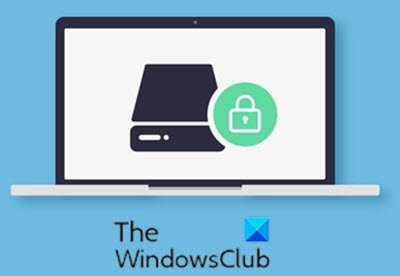Upgrade fails due to Disk encryption software
If a third-party disk encryption software is incompatible with the next Windows 10 Feature Update, it may cause the upgrade to crash. Let’s take a look at a typical scenario where you can encounter this anomaly. When you try to upgrade a computer to a newer version of Windows 10 from an earlier version, you may receive an error message that states that your disk encryption software is incompatible with Windows 10. This issue may occur when you use third-party encryption software. This issue occurs because the Windows upgrade process doesn’t migrate the third-party disk encryption. To work around this issue, decrypt the disk first, and then re-encrypt after the Windows 10 upgrade is complete. In some cases, you may have to uninstall the disk encryption software. Disk encryption vs. Filesystem-level encryption Disk encryption does not replace file encryption in all situations. Disk encryption is sometimes used in conjunction with filesystem-level encryption to provide a more secure implementation. Since disk encryption generally uses the same key for encrypting the whole drive, all data is decryptable when the system runs. However, some disk encryption solutions use multiple keys for encrypting different volumes. If an attacker gains access to the computer at run-time, the attacker has access to all files. Conventional file and folder encryption instead allows different keys for different portions of the disk. Thus an attacker cannot extract information from still-encrypted files and folders. Unlike disk encryption, filesystem-level encryption does not typically encrypt filesystem metadata, such as the directory structure, file names, modification timestamps, or sizes.

